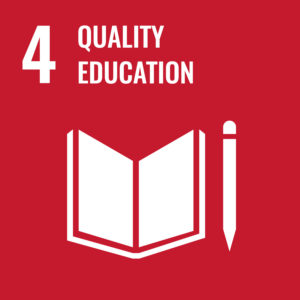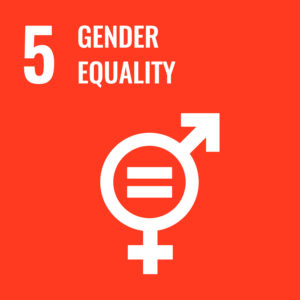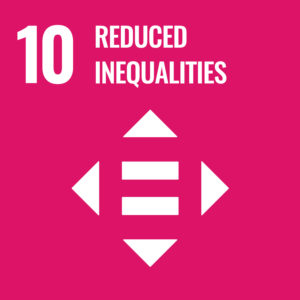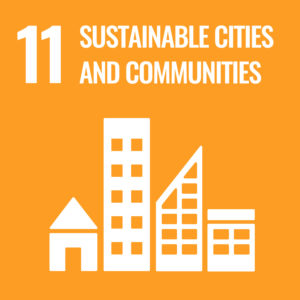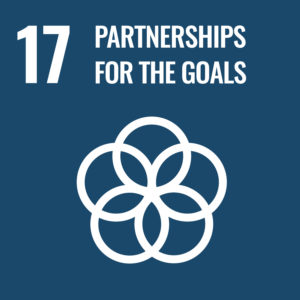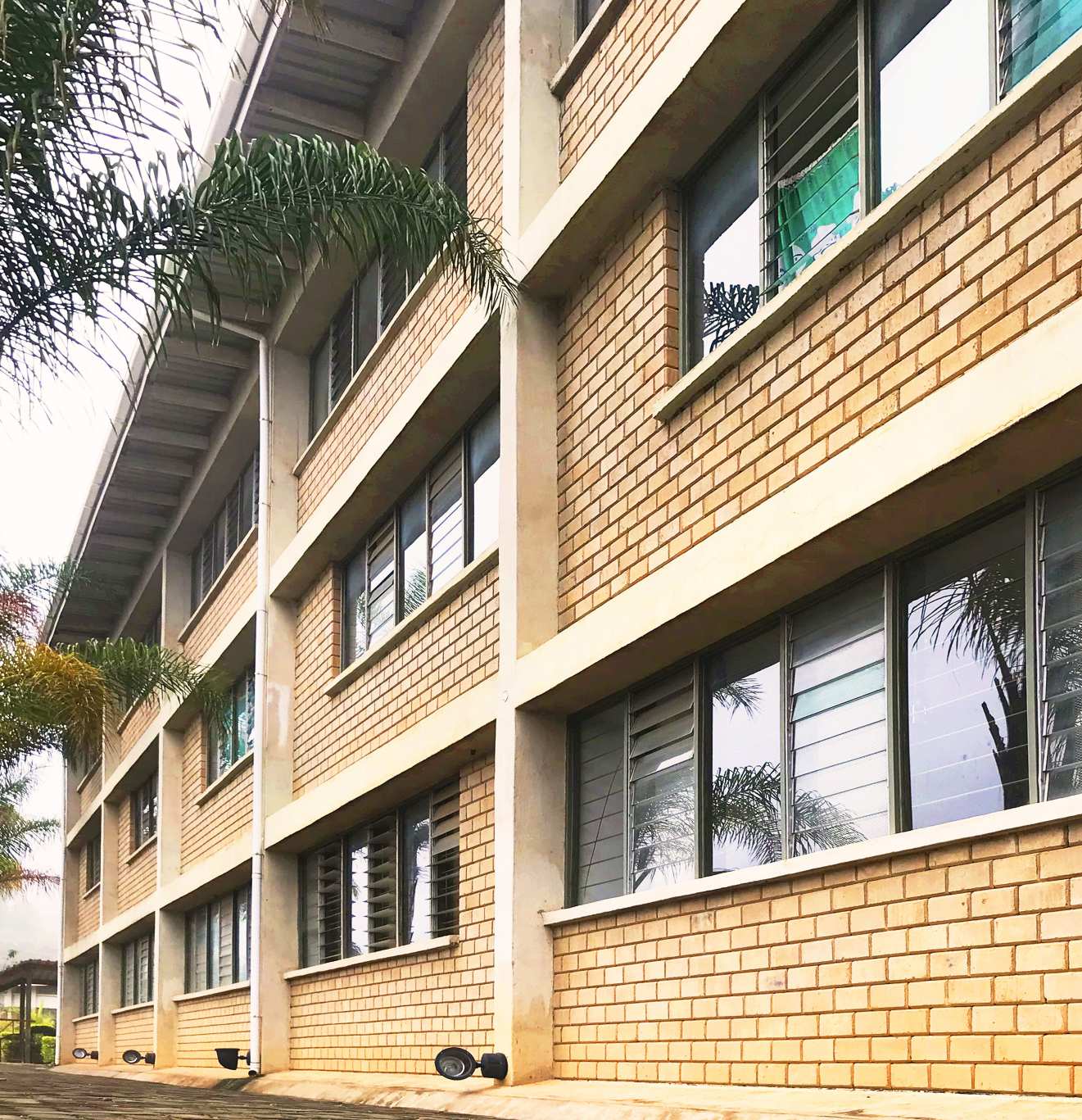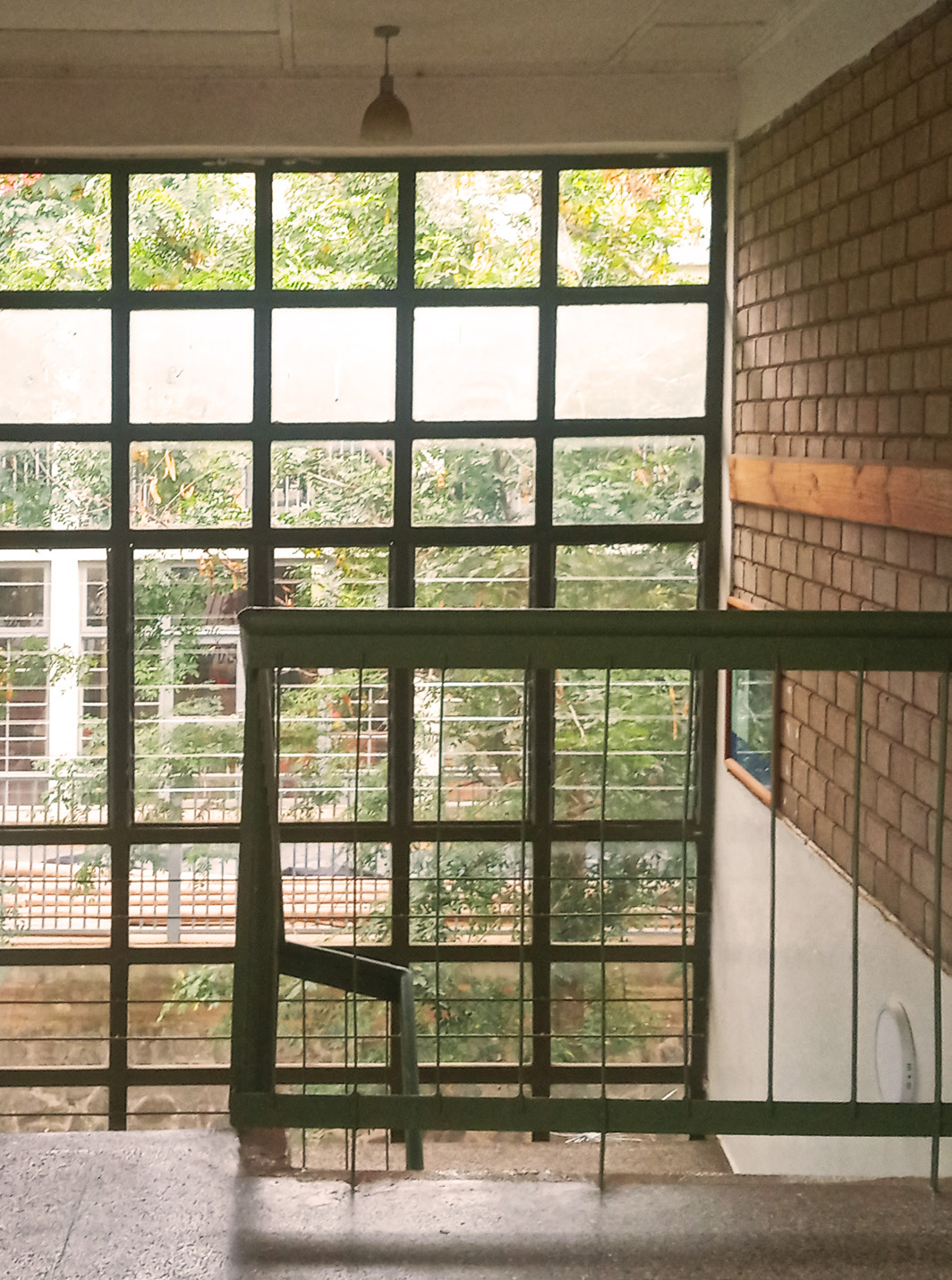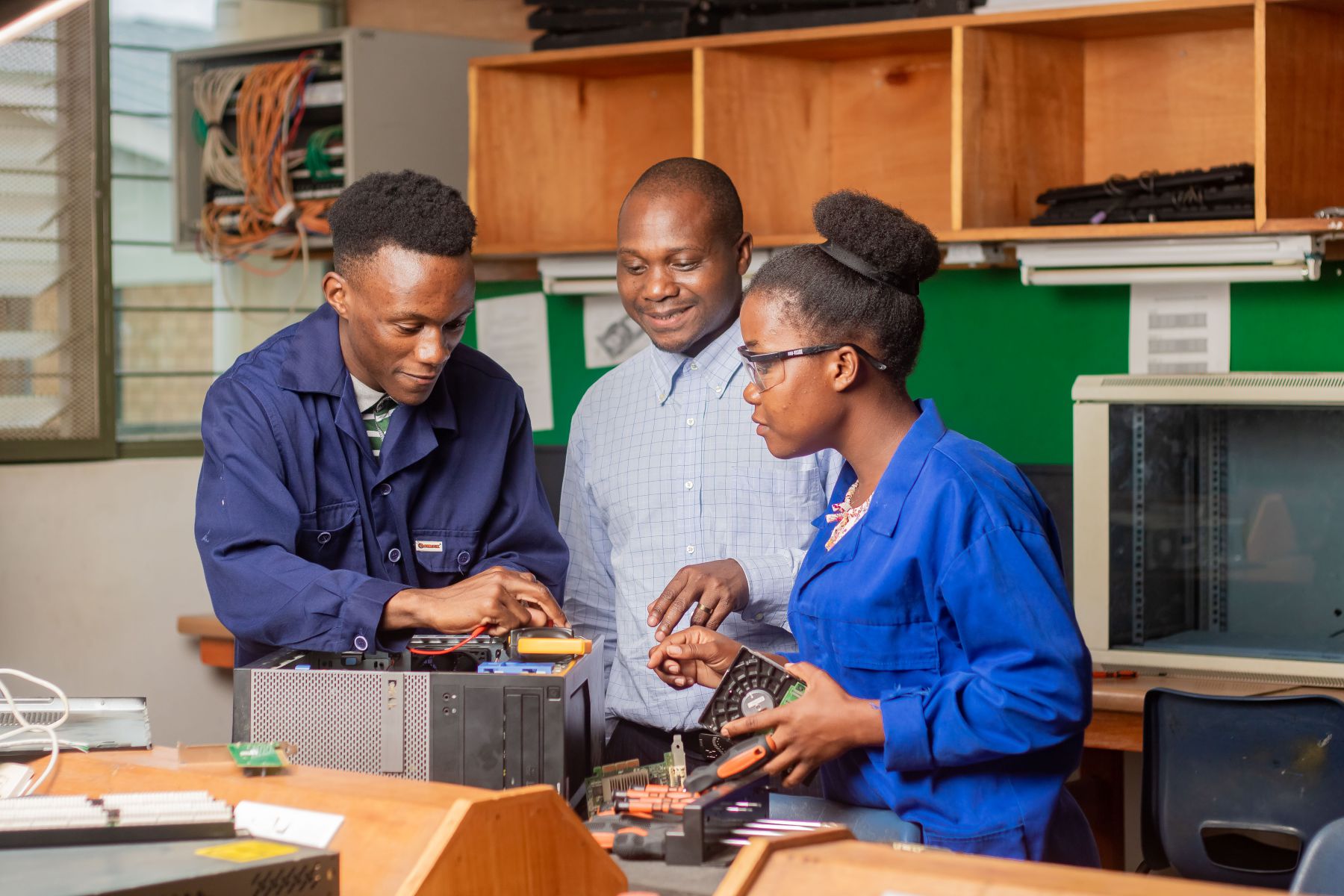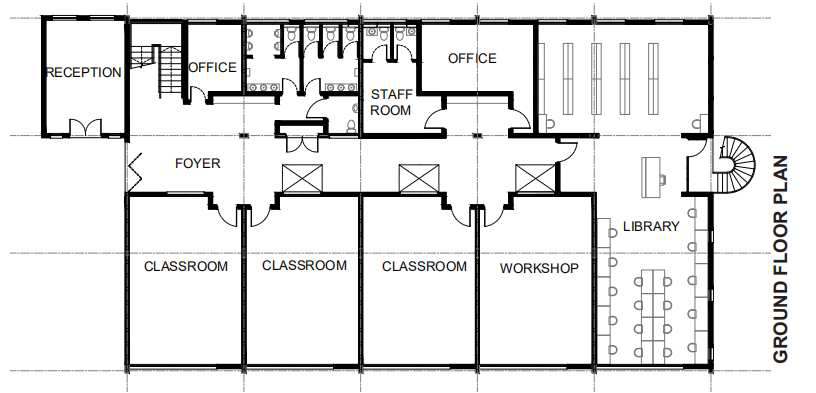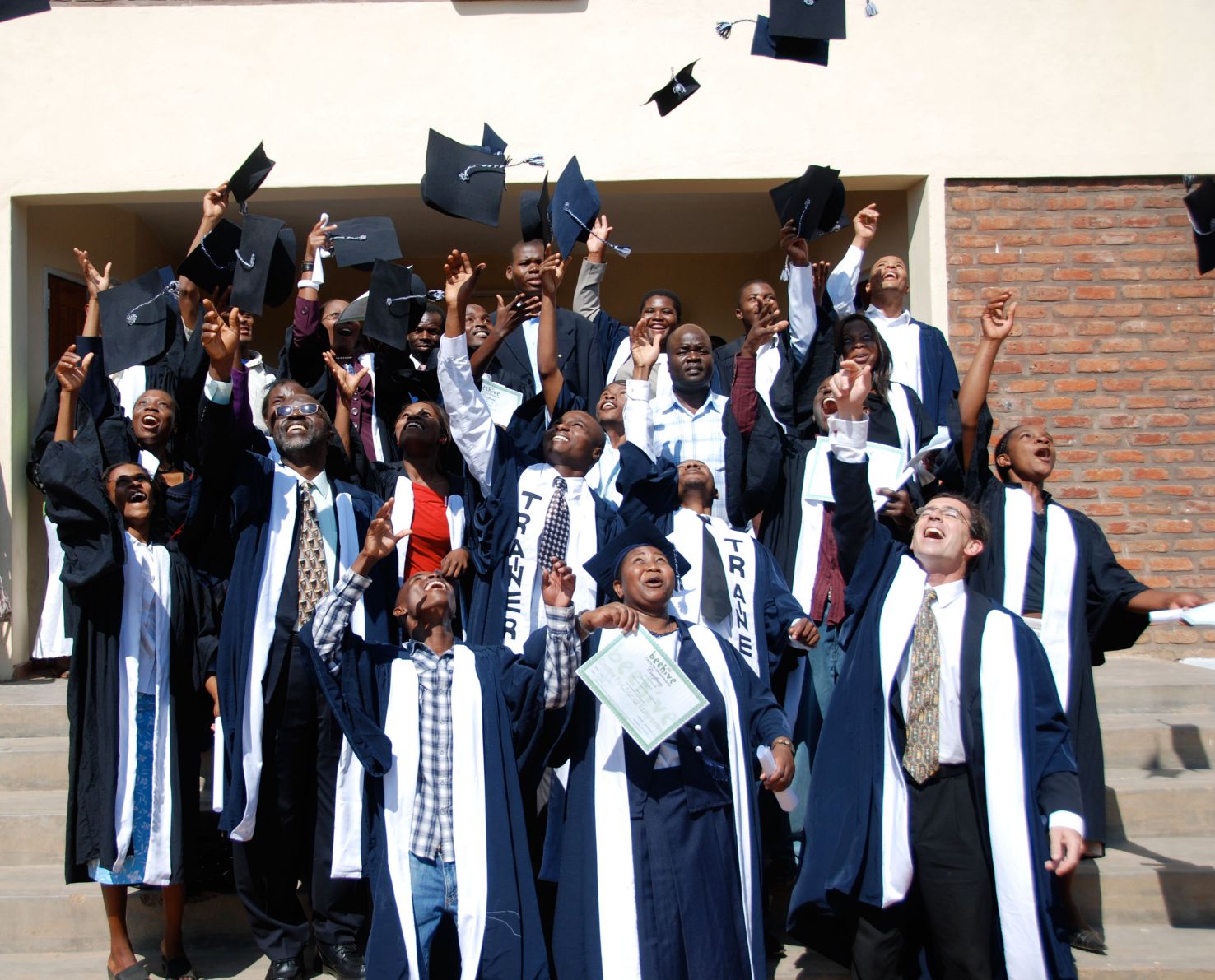Chilomoni, Blantyre
Established in 2011, the St. John Paul II Leadership and IT Institute was created as a way to provide desperately-needed IT training facilities to the township of Chilomoni, Malawi and, further-afield, to the nearby city of Blantyre. The Institute aims to offer state-of-the-art training and services, in order to create work-ready and employable young graduates.
“Digital technology is absolutely essential to Malawi’s socio-economic development. Across the world, communications, commerce and services are moving online. Malawi cannot afford to be left behind.” (Laura Kullenberg, World Bank Country Manager for Malawi, 2017)
Building Design
“I love the building; it is definitely unique. As a student, it is a motivation to get me up and out in the morning.”
(Keith Banda, Former JP2 Student)
Location
Type
Year of Construction
Design Architect
Project Architect
Design Engineer
Geotechnical Engineer
Project Engineers
Total Building Area (Approx. GEA)
Number of Storeys
Construction Cost
Cost per m²
(£119 GBP/m²)
Large-scale, high-quality construction was vital for creating an aspirational learning environment for otherwise relatively deprived young people. The building comprises 9 Classrooms, 1 Workshop and 2 large Training Rooms, situated on the South-side of a wide, central axis. Additional support and ancillary spaces are situated on the opposite side of the axis, creating quiet offices for private meetings and individual staff work. The axis ends with a generous ground-floor Library, accessible to all students. A feature concrete spiral escape staircase adds interest and dynamism to the Library.
Social Impact of JPII

Catholic Community Support

Job Creation

Quality Education

Supporting the Vulnerable
“Learning at JPII has opened me up to the IT world. I learnt more than I expected and I am now a CAD Technician in the construction department, as well as an Architectural Assistant. Back at home they rely on me to help out with computer problems as well.”
(Keith Banda, Former JP2 Student)
Meet The Team

I am Esther Kuweruza. I am a holder of a Bachelor of Engineering in Computer Science, ICT, Community Development and Entrepreneurship. I am a trainer at John Paul 2. I started part time in 2019 and now I am full time. My job requires me to communicate with students at different levels of their education, teaching and training them on different courses. My favourite part of my job is knowing that I am impacting lives in a good way and changing the mindset of students, whilst helping them cope in their day to day lives.
Esther Kuweruza
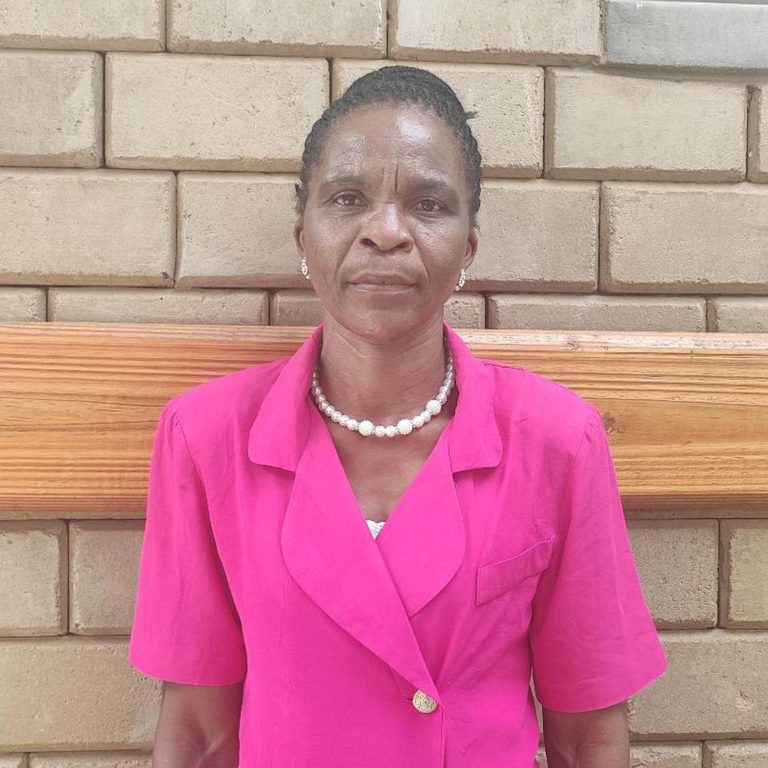
Magret Kayiyatsa

Maness Lisa Banda
The project contributes to the following Sustainable Development Goals

